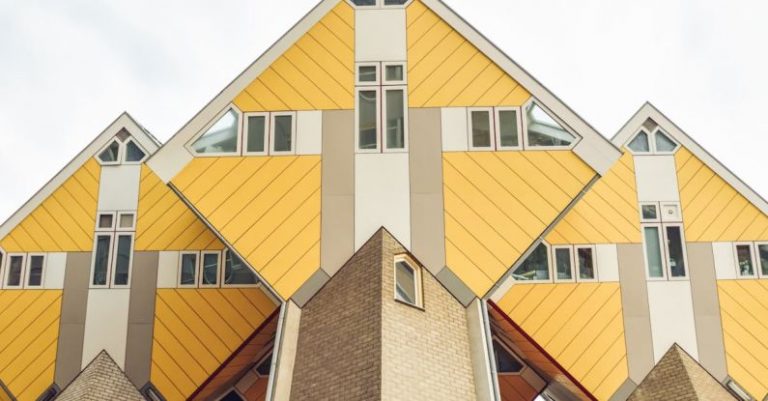
In today’s rapidly evolving world, architectural trends play a crucial role in shaping the landscape of urban development. The choices made by architects and developers not only impact the physical appearance of cities but also influence the way people interact with their surroundings. From towering skyscrapers to sustainable green spaces, architectural trends continuously shape the future of urban environments. Let’s delve into the profound impact these trends have on urban development.
**Defining Architectural Trends**
Architectural trends encompass a wide range of design principles and styles that dictate the aesthetics and functionality of buildings. These trends are often influenced by cultural shifts, technological advancements, environmental concerns, and societal needs. From the sleek lines of modernism to the intricate ornamentation of neoclassical architecture, each trend reflects the values and aspirations of its time.
**Creating Identity and Sense of Place**
One of the most significant impacts of architectural trends on urban development is the creation of identity and a sense of place. Iconic buildings and structures often become landmarks that define a city’s skyline and contribute to its overall character. For example, the Burj Khalifa in Dubai and the Eiffel Tower in Paris are not just architectural marvels but symbols of their respective cities. By embracing unique design elements and innovative concepts, architects can shape the identity of a city and foster a strong sense of community pride.
**Influencing Social Interaction**
Architectural trends also play a vital role in influencing social interaction within urban spaces. The layout of buildings, public squares, and streetscapes can either promote or hinder social engagement among residents. For instance, mixed-use developments that combine residential, commercial, and recreational spaces encourage people to gather, socialize, and build relationships. On the other hand, sprawling suburban developments that prioritize cars over pedestrians can lead to isolation and disconnection. By designing spaces that prioritize human interaction and connectivity, architects can contribute to the social vitality of a city.
**Promoting Sustainability and Resilience**
In recent years, there has been a growing emphasis on sustainability and resilience in architectural design. As cities grapple with environmental challenges such as climate change and resource depletion, architects have a crucial role to play in creating buildings and infrastructure that are eco-friendly and energy-efficient. Green building practices, such as passive design, solar panels, and green roofs, are increasingly being integrated into urban development projects to reduce carbon emissions and minimize environmental impact. By embracing sustainable architectural trends, cities can become more resilient, adaptable, and environmentally conscious.
**Challenges and Opportunities**
While architectural trends have the potential to drive positive change in urban development, they also present challenges and opportunities for cities. Rapid gentrification, displacement of local communities, and loss of cultural heritage are some of the negative consequences that can arise from unchecked development driven by trendy architectural styles. On the other hand, embracing innovative design concepts, adaptive reuse of existing structures, and community-led planning processes can lead to more inclusive, equitable, and sustainable urban environments.
**Looking Ahead: The Future of Urban Development**
As we look to the future, it is essential for architects, developers, and policymakers to carefully consider the impact of architectural trends on urban development. By prioritizing principles of inclusivity, sustainability, and resilience, cities can create vibrant, livable spaces that cater to the needs of diverse populations. Collaborative planning processes, community engagement, and a commitment to preserving cultural heritage are key factors in shaping the future of urban environments. By balancing creativity with social responsibility, architects can lead the way in creating cities that are dynamic, resilient, and inclusive.
**In Summary: Navigating the Intersection of Architecture and Urban Development**
Architectural trends have a profound impact on urban development, shaping the physical, social, and environmental aspects of cities around the world. From creating iconic landmarks to fostering social interaction and promoting sustainability, architectural trends influence the way we experience and interact with urban spaces. By embracing innovative design concepts and prioritizing principles of inclusivity and sustainability, architects can contribute to the creation of vibrant, resilient, and equitable cities for future generations. As we navigate the intersection of architecture and urban development, it is essential to strike a balance between creativity, functionality, and social responsibility to create cities that truly reflect the aspirations and values of their inhabitants.





